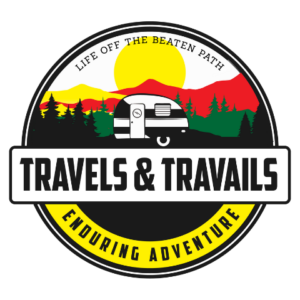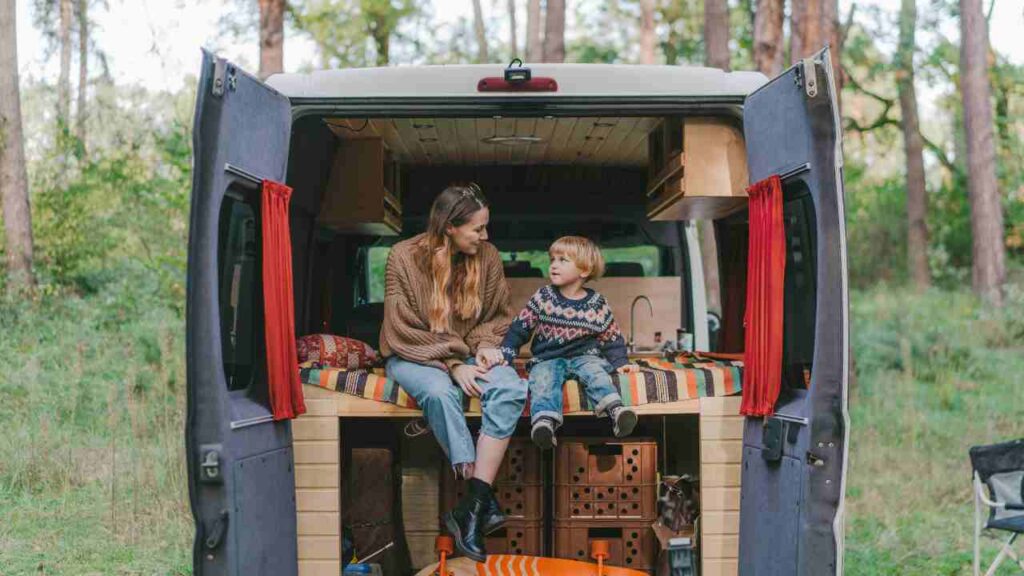
Some of us camp out in our RVs for the summer while the most dedicated of us live in our RVs full-time. Some states are definitely better for full-time RV living than others, so which are they?
The best states to live in an RV full-time include:
- California
- Texas
- Oregon
- Arizona
- Florida
Why these five states in particular? I’ll tell you that ahead, so make sure you keep reading. Whether you’re thinking of living in your RV full-time or you’re already doing it, this article is a can’t-miss.
The Best States for Living in an RV Full-Time
1. California

When it comes to sweet, uncomplicated RV livin’, it might not get any better than California.
The Golden State usually has picturesque weather throughout the calendar year. In December, the daytime highs are typically around 60 degrees Fahrenheit, and if temps dip into the 50s overnight, it’s considered pretty chilly!
You won’t need more than a light jacket when venturing out in Cali. You also won’t have much reason to use your RV’s heating system, which will reduce your expenses.
You can skip the motorhome models that offer arctic packages, as you’ll never face even close to freezing temperatures if you make your home in California.
You’ll have no shortage of parks to visit in this state, with 91 designated federal parks throughout the 163,696 square miles that comprise California.
Everyone knows and loves California for Yosemite National Park, and that’s not entirely unfair. Yosemite is one of the most popular parks in the United States, and you’d be within proximity to it if you live in your RV in California.
However, don’t feel like Yosemite is all you can explore! Far from it!
The very esteemed Death Valley National Park is in California, as are Sequoia and Kings Canyon National Parks, Lassen Volcanic National Parks, Redwood National and State Parks, Pinnacles National Park, Channel Islands National Park, and Joshua Tree National Park.
Forestry is not all that awaits you at these and other national parks throughout Cali. You can also explore sand flats and sand dunes, desert regions, ocean-surrounded cliffsides, mountainous regions, and volcanoes.
The only downside to living in your RV in California is that the traffic in some parts of the state can be a nightmare, especially if you’re driving through heavily populated areas like Los Angeles.
You might also struggle to find parking in more crowded cities.
I would recommend far more that you venture off the beaten path in Cali and seek refuge in its sprawling nature. There is certainly no shortage of it!
2. Texas
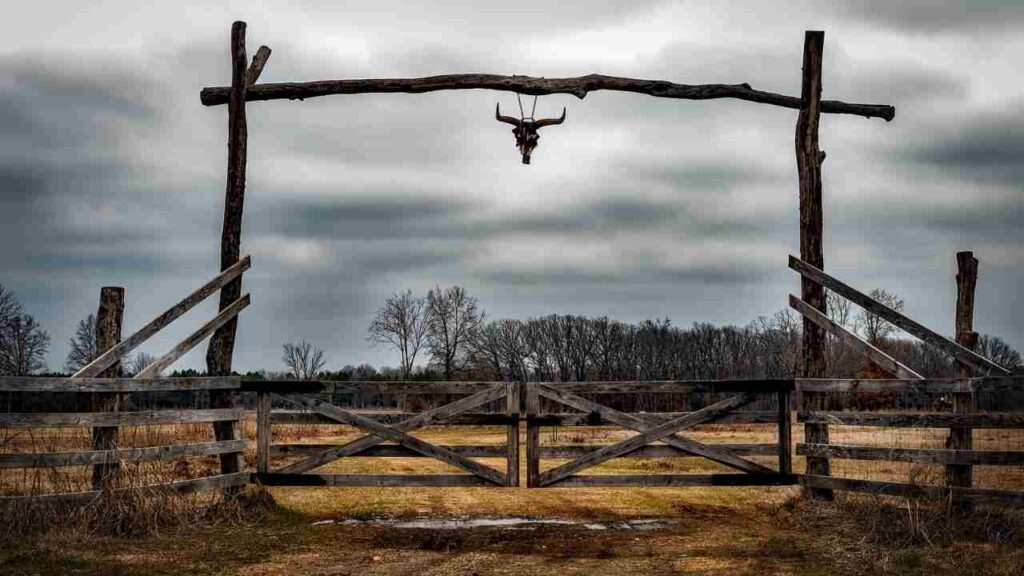
You know the old saying that everything is bigger in Texas, right? Well, if your RV is on the large side as well, then the Lone Star State could become your new home.
As is the case in California, the weather down south in Texas is always temperate. In December, the average daily temperatures are around 56 degrees. That’s not quite as warm as Cali, but the temps rarely drop below 40.
You might need a light winter coat when you venture out, and a space heater or basic heating system in an RV should keep you warm at night.
There’s still no need to shop for a motorhome equipped with an arctic package. It would be wasted in Texas.
Texas is an expansive state that’s approximately 268,597 square miles. The state offers more than 80 parks, including historic sites and natural areas.
These parks are spread out fairly evenly across the entirety of Texas but are especially populous in eastern Texas.
Some of the must-visit parks in Texas are Big Bend Ranch State Park, Garner State Park, Tyler State Park, Sea Rim State Park, Meridian State Park, Lockhart State Park, Lake Whitney State Park, Kickapoo Cavern State Park, and Goose Island State Park.
The natural architecture in these parks is some of the most stunning that you’ll ever witness with your own two eyes.
For instance, in Big Bend National Park, you’ll find such natural wonders as the Santa Elena Canyon and the Chisos Mountains.
Lockhart State Park features Clear Fork Creek as well as natural plant species such as prickly pear cacti and animals like coyotes, fox squirrels, nine-banded armadillos, and wild turkey on occasion.
On top of all the natural wonders that await you, Texas is also considered an affordable state to call home. Since you don’t need to purchase a condo, apartment, or house, you should be able to enjoy the economic advantages of living in Texas even more so than the average person!
3. Oregon
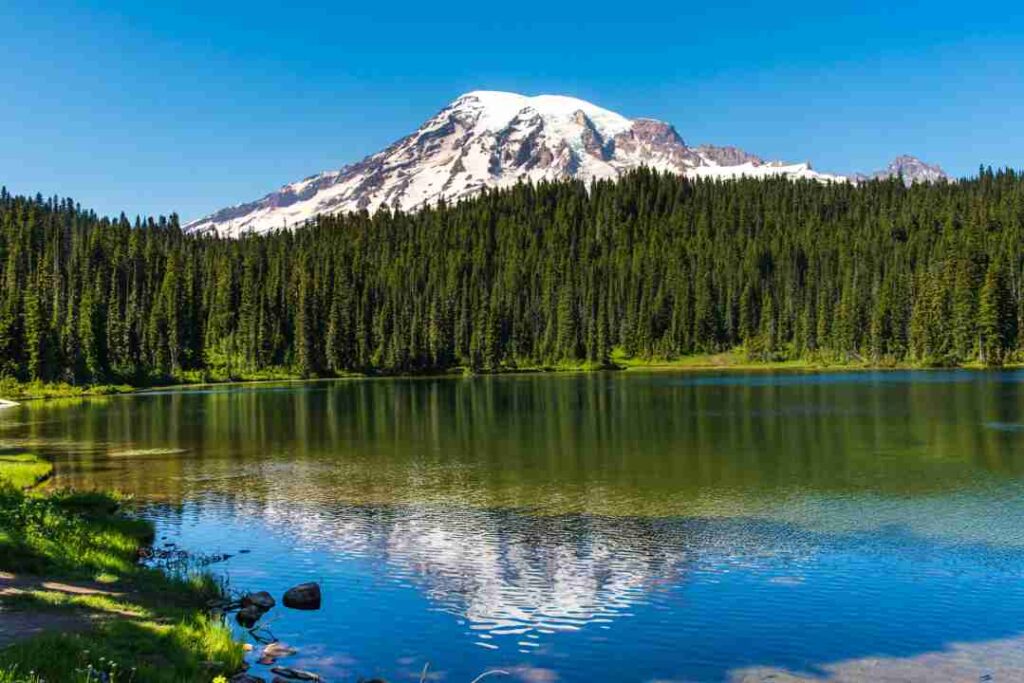
Prepare to have your breath taken away if you’re considering living full-time in your RV in Oregon. The experience is fulfilling in just about every way imaginable!
Admittedly, compared to the other states I’ve looked at, Oregon does get some frostier temperatures. By January, the Portland area frequently reports temperatures of a little over 40 degrees, but the temps can sometimes be as warm as 60 degrees.
That said, the temps will typically lean cooler than warmer. Even still, 40 degrees isn’t terribly freezing cold, although I won’t lie and say it isn’t chilly. You’ll need a heavy winter coat for venturing out in Oregon’s wilderness by day.
By night, I would also recommend a good RV heater, whether that’s one you purchased separately or the heating system that comes equipped with your vehicle.
I still wouldn’t say there’s any need for a winter package though.
Oregon affords those living here a vast variety of outdoor experiences to behold across its 111 state parks, three state forests, 14 national forests, two national recreation areas, and 16 national wildlife refuges.
Depending on where you choose to spend your time, you can witness the majesty of snow-capped mountains or drive through the warm desert.
If you’re looking for state forests, may I recommend Pilot Butte State Park, Otter Crest State Park, Illinois River Forks State Park, Governor Patterson Memorial State Park, Bullards Beach State Park, and Willamette Stone State Park?
As for state forests, Santiam State Forest, Tillamook State Forest, and McDonald State Forest are especially esteemed.
The national forests are quite camping-friendly too, especially Deschutes National Forest, Umpqua National Forest, Fremont National Forest, Siuslaw National Forest, and Willamette National Forest.
Beyond the forests and parks, Oregon is also known for its scenic trails, beaches, whale-watching opportunities, and bikeways.
It’s best to visit in the summer, but even during the rest of the year, you should never be bored when living in your RV!
4. Arizona
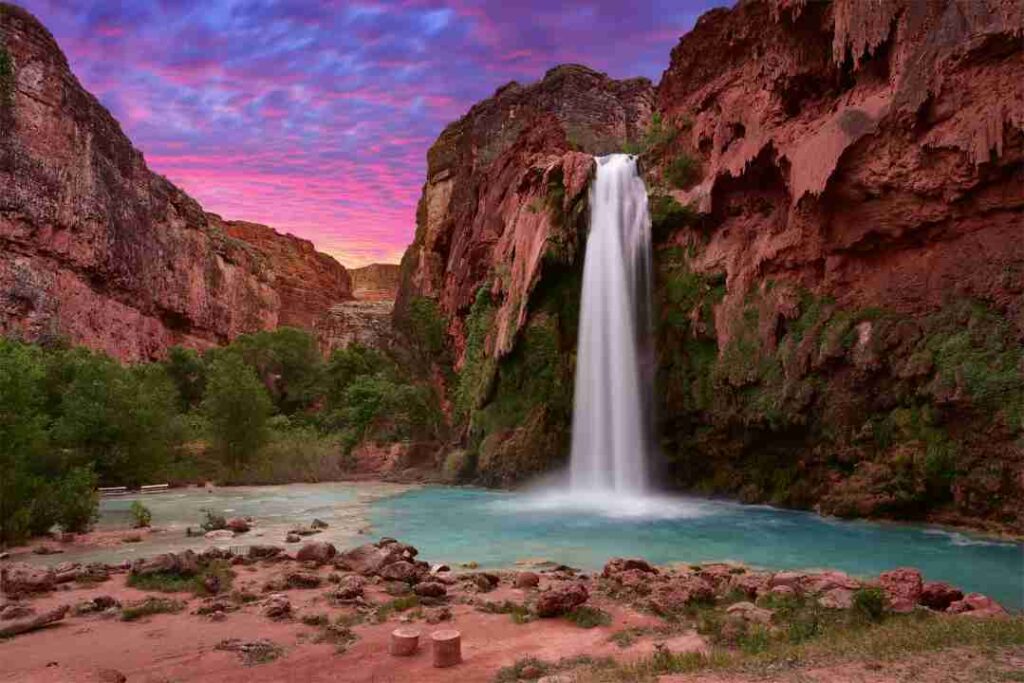
As you consider your options for where to live full-time in your RV, Arizona should certainly be on your list.
Cold temperatures aren’t something you’ll have to contend with should you decide to make Arizona your new home. The average daily daytime temperature in Phoenix in December is 60 degrees or warmer.
By night, it can get a little cold, around 40 degrees, which isn’t so bad for overnight temperatures. Besides, by then, you’ll be all warm and toasty in your RV.
I would recommend a heating system in your motorhome for those chilly nights, but keep in mind that for much of the year, you won’t have to bother using it.
If anything, Arizona might get a little too hot, as it’s not unheard of for temps to crawl over 100 degrees and stay over 100 degrees in some areas. July is usually the hottest month of the year, especially in Phoenix.
Arizona has over 35 national parks, with the Grand Canyon National Park certainly the most celebrated of them all. This is the only place to see the layers of rocks that comprise the Grand Canyon.
The various points and observation stations afford incredible and varied views of the canyon, including Lipan Point, the Yavapai Observation Station, and Mather Point. You could possibly even see the Colorado River!
The dry and desert-like region of Arizona will be on display at Saguaro National Park, Catalina State Park, Tonto Natural Bridge State Park, Usery Mountain Regional Park, Lost Dutchman State Park, Oracle State Park, and many more.
Awaiting you are wildlife refuges, trademark saguaro cacti, hiking, scenic valleys, and plenty of camping.
5. Florida
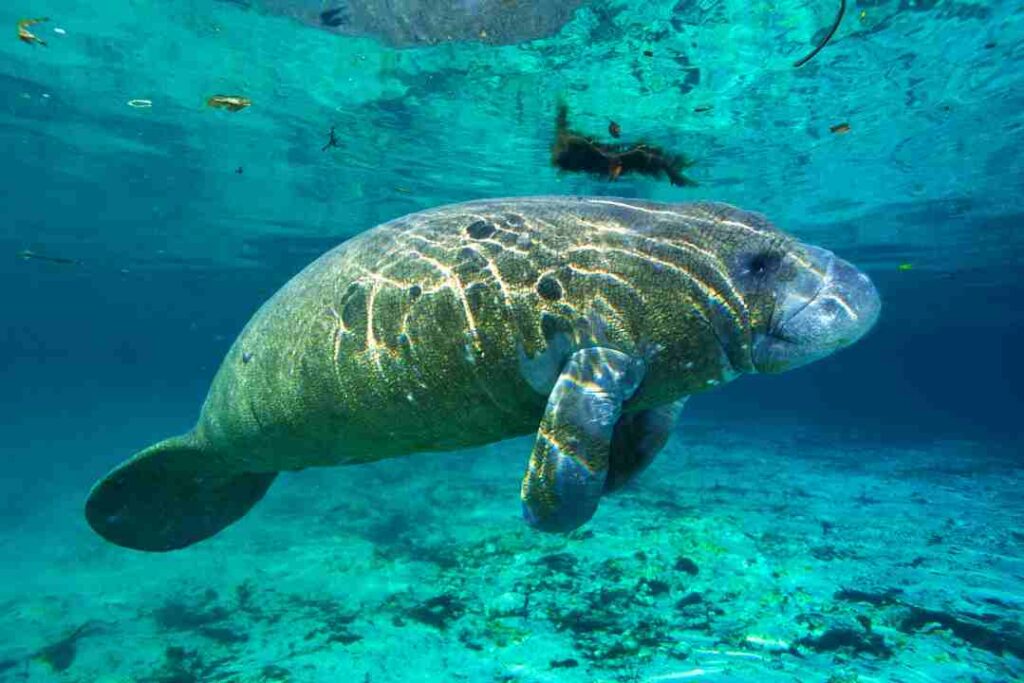
From one side of the southern United States to another, Florida is a phenomenal spot to settle in and make a home in your RV.
It’s even been called the best by some RVers, so don’t let its placement on this list fool you!
In Florida, it’s summertime practically all year round. In December, the dry season is underway, so while cooler days are ahead and fog and high winds can sometimes accompany those cooler days, you don’t get much rain.
That’s unlike the warmer season, in which it’s not uncommon to see rain every single day, sometimes even several times per day!
The wintertime temperatures are a very comfortable 64 to 76 degrees, so there’s no need to pack anything more than a light jacket when camping out here in the colder months. You can probably get away with keeping your RV heating off.
Florida has hundreds of parks to explore, including the Addison Blockhouse Historic State Park with architecture from the 18th century, the Bahia Honda State Park and its gorgeous beach views, Big Shoals State Parks and their trademark whitewater rapids, and the 11,000+ acres of undeveloped land at Estero Bay Preserve State Park.
Speaking of beaches, those are one of the most renowned attractions in Florida by far. It doesn’t get much better than crystal clear waters, white sands, waving palm trees, and hot, clear days.
Some parts of the state can get especially busy, attracting huge groups of tourists. Traffic can sometimes be troublesome and reaching one part of the state versus another by car (or RV, in your case) can take a while since Florida is such a large state.
In the summer, both the heat and humidity can be oppressive, although you would adjust t as time goes on.
Factors to Consider When Choosing a State for Full-Time RV Living
I just presented five exceptional states that all make fantastic places for a permanent domicile in your RV.
Before you choose one, make sure you keep the following factors in mind.
Weather
Weather is such a huge determining factor in where you’ll live in your RV.
The place you call home should offer consistent and comfortable weather throughout the year.
You might like it a bit warmer or cooler, and either is okay, but make sure you research the temperatures across an entire year before you make up your mind.
You also have to consider the rate of natural disasters. For instance, Florida gets a lot of storms per year, with many more storms threatened.
RVs aren’t often made to withstand natural disasters. You could batten down the hatches, but the damage sustained to your vehicle can be severe.
You might have to shell out hundreds if not thousands of dollars on repairs and possibly even have to replace your RV prematurely.
Insurance
When choosing a state for permanent RV domicile, you have to consider what your insurance costs will look like.
I’m not only talking about RV insurance, but other vehicle insurance, life insurance, and health insurance as well.
If your premiums will go up too high for you, then you might want to reconsider living in that state.
Taxes
Florida and Texas both ditch the income taxes, but other states charge more in taxation. That’s going to make the prices of everything you buy when living in your new state that much more expensive.
Make sure you carefully review how costly taxes will be before you set out in our RV for a new home!
Attractions
Unless you’re moving somewhere for work, then how many attractions your new home boasts are certainly going to be top of mind when selecting where you’re going to live.
I touched on the parks and natural wonders that you can find in each of the five states above, but you might also be interested in access to beaches, amusement parks, movie theaters, arcades, mountains, and shopping.
If so, then there’s surely a state on this list with your name on it.
Driving Conditions
The last consideration I would recommend you deeply consider is what the driving conditions are like for your new home.
One way to be sure is to visit in person.
Are the roads paved? Are there a lot of narrow roads and highways that would make it hard to get around in your RV?
What about traffic? Is that only in certain cities or towns or just during rush hour or is traffic something you’ll have to contend with more regularly?
The availability of parking is important as well. You’ll have to stop your RV at some point, after all, and you won’t always want to camp out in a national park.
If you can’t find any places for overnight stays, that’s going to make living in that state in your motorhome rather difficult.
Conclusion
As you contemplate the best states for permanent RV domicile, California, Florida, Texas, Oregon, and Arizona are all terrific contenders.
These states offer moderate weather, incredible parks and national forests, and a beloved atmosphere that RVers can’t get enough of!
